Cat and dog dental exams are essential for maintaining their oral health. They help prevent dental problems and keep their teeth clean and strong.
Regular dental exams involve a thorough examination of the teeth, gums, and overall oral hygiene, followed by professional cleaning and any necessary treatments. Taking care of your pets’ dental health ensures their overall well-being and prevents potential dental diseases and discomfort.
Neglecting their dental care can lead to serious oral issues and even affect their overall health.

Credit: broomfieldvet.com
Contents
Importance Of Dental Exams For Cats And Dogs
Dental health plays a crucial role in the overall well-being of our furry friends. Just like humans, cats and dogs can develop dental problems, including plaque buildup, gum disease, and tooth decay. Regular dental exams for cats and dogs are essential to maintain their oral health and prevent potential dental diseases.
Dental Health And Overall Well-being
Proper dental care not only keeps your pets’ teeth clean but also contributes to their overall health and well-being. Poor oral hygiene can lead to a range of health issues for cats and dogs, including bad breath, tooth loss, and even systemic infections. By scheduling regular dental exams, you can help ensure that your pets’ teeth remain healthy and prevent potential complications.
Prevention Of Dental Diseases
Prevention is the key to maintaining your pets’ oral health. Dental exams enable veterinarians to identify early signs of dental diseases and take necessary actions to prevent them from progressing. During the exam, the vet will check for plaque and tartar buildup, gum inflammation, tooth decay, and other dental abnormalities. Early detection and treatment can save your pets from unnecessary pain and potential tooth loss.
Dental exams also provide an opportunity for professional dental cleanings. Just like humans, cats and dogs benefit from professional teeth cleaning to remove stubborn plaque and tartar that can’t be eliminated with regular brushing. These cleanings help prevent the development of dental diseases and maintain optimal oral health.
Additionally, dental exams allow veterinarians to evaluate your pets’ oral hygiene routine and offer guidance on proper dental care at home. They can provide recommendations on the frequency and technique of brushing, suggest dental diets or treats, and advise on other dental products that promote oral health. By implementing these recommendations, you can further enhance your pets’ dental well-being and minimize the risk of dental diseases.

Credit: www.splootvets.com
Signs Of Dental Problems In Cats And Dogs
Paying attention to the dental health of your pets is crucial for their overall well-being. Just like humans, cats and dogs can experience dental problems that may cause discomfort and affect their quality of life. Recognizing the signs of dental issues early on is essential for prompt treatment and preventing further complications. Here are some common indicators that your furry friends may be experiencing dental problems:
Bad Breath
One of the key signs of dental problems in cats and dogs is persistent bad breath. While it’s normal for your pet’s breath to have a slight odor, an extremely foul smell could indicate an underlying dental issue. Bad breath is often caused by the buildup of bacteria in the mouth, tooth decay, or gum disease. If your pet’s breath has become noticeably unpleasant, it’s important to schedule a dental exam with your veterinarian.
Red Or Swollen Gums
Red or swollen gums can be an indication of gum disease, also known as gingivitis. When your pet’s gums become inflamed, it can be a sign that bacteria is accumulating along the gum line. Other factors that may contribute to gum inflammation include plaque buildup, tartar, and food particles getting trapped in the teeth. If you notice your pet’s gums appearing red, swollen, or bleeding, it’s crucial to seek veterinary care to alleviate discomfort and prevent further progression of the disease.
Loose Or Missing Teeth
Another sign to watch for is loose or missing teeth in your cat or dog. Dental problems can lead to tooth instability, which may cause teeth to become loose or even fall out. Whether it’s due to injury, infection, or advanced tooth decay, loose or missing teeth can be extremely painful for your furry friend and impact their ability to eat and chew properly. If you notice any teeth that seem loose or if a tooth is entirely missing, consult your veterinarian for appropriate treatment options.
By being aware of these signs, you can promptly seek veterinary care and address any potential dental problems your cat or dog may be experiencing. Early detection and treatment can help maintain their oral health and ensure they lead a happy and healthy life.
The Process Of Cat And Dog Dental Exams
Welcome to our blog post on cat and dog dental exams. In this section, we will take you through the process of evaluating the oral health of your furry friends and the importance of regular dental cleaning and scaling. Maintaining good oral hygiene is crucial to their overall health and wellbeing. Let’s dive in!
Evaluation Of Oral Health
Beyond those adorable furry faces, your beloved cats and dogs can experience dental issues just like humans. The evaluation of oral health during a dental exam is the first step in identifying any potential dental problems. During an examination, the veterinarian thoroughly inspects the teeth and gums, looking for signs of plaque, tartar, gingivitis, or other dental concerns. They may use specialized tools, like a periodontal probe, to measure gum pockets and identify any abnormalities.
Through this evaluation, the veterinarian can determine the overall condition of your cat or dog’s teeth and gums. This assessment is essential for tailoring a dental care plan suited to their individual needs.
Dental Cleaning And Scaling
Once the evaluation is complete, if any dental issues are found, the next step is dental cleaning and scaling. This procedure, performed under anesthesia, removes build-up of plaque and tartar that regular brushing cannot address. This step is crucial in preventing the progression of dental disease and promoting good oral hygiene.
Dental cleaning involves using specialized instruments to scrape away plaque and tartar from the tooth surfaces. This not only helps in preventing gum disease and tooth decay but also eliminates bacteria that can enter the bloodstream and affect vital organs.
To ensure a thorough cleaning, the veterinarian will also perform dental scaling. This process involves removing plaque and tartar under the gumline, reaching areas not visible during a regular examination. By addressing these hidden areas, scaling helps prevent periodontal disease and supports optimal oral health.
It is important to note that dental cleaning and scaling are not only necessary in the presence of dental issues but also for preventive care. Regular dental cleanings can help maintain the oral health of your furry companions and prevent future dental problems.
In conclusion, the process of cat and dog dental exams involves evaluating their oral health and performing dental cleaning and scaling when necessary. A comprehensive dental care plan, including regular exams and cleanings, is crucial to keeping their teeth and gums healthy. Stay tuned for more valuable information on cat and dog dental care in our upcoming blog posts!
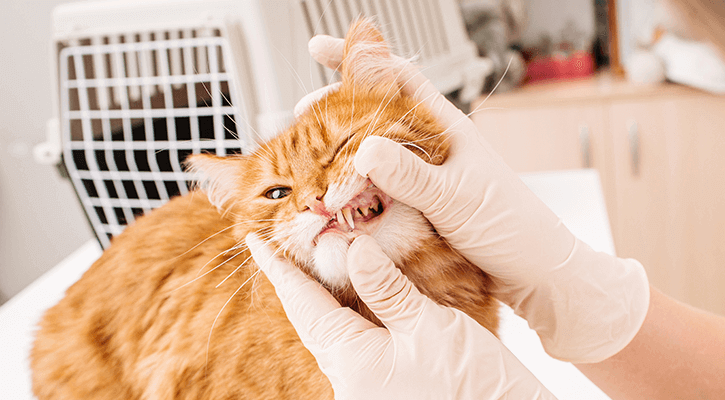
Credit: graylinghospitalforanimals.com
Tips For Maintaining Good Dental Health In Cats And Dogs
Maintaining good dental health in cats and dogs is essential for their overall well-being. Just like humans, pets can develop dental problems that can cause pain, discomfort, and even lead to more serious health issues. By practicing regular dental care at home and providing dental-friendly treats, you can help keep your furry friends’ teeth and gums healthy for a lifetime. Here are some tips for maintaining good dental health in cats and dogs:
Brushing Teeth Regularly
Brushing your pet’s teeth regularly is one of the most effective ways to prevent dental problems. It helps remove plaque and tartar build-up, which can lead to gum disease and tooth decay.
- Start by getting a toothbrush and toothpaste specifically designed for pets. Human toothpaste can be harmful to animals.
- Introduce your pet to the toothbrush gradually, starting with letting them sniff and lick it.
- Once your pet is comfortable with the toothbrush, apply a small amount of toothpaste and gently brush their teeth in circular motions.
- Try to brush all the teeth, focusing on the back molars where most dental problems occur.
- Be patient and positive while brushing your pet’s teeth. Offer treats and rewards afterward as a positive reinforcement.
Providing Dental-friendly Treats
In addition to regular brushing, providing dental-friendly treats can help maintain your pet’s dental health. These treats are specially formulated to help clean teeth and freshen breath.
- Look for treats that are designed to promote dental health and reduce plaque and tartar.
- Choose treats that are appropriate for your pet’s size and age.
- Give your pet dental treats regularly, as part of their daily dental care routine.
- Avoid treats that are too hard, as they can cause tooth fractures or damage.
- Monitor your pet while they enjoy their dental treats to prevent choking hazards.
By following these tips for maintaining good dental health in cats and dogs, you can help prevent dental problems and ensure that your furry friends have healthy teeth and gums. Remember, regular dental care is as important for pets as it is for humans.
Frequently Asked Questions On Cat Dog Dental Exams The What Why How
What Is A Cat Dental Exam?
A cat dental exam is a check-up done by a veterinarian to assess the oral health of a cat. It helps identify any dental issues like tartar buildup, gum disease, or tooth decay. Regular dental exams can prevent oral problems and ensure your cat’s overall well-being.
What Is The First Thing That A Veterinarian Does To Begin The Dental Exam?
The veterinarian begins the dental exam by conducting a thorough oral inspection.
Why Is Cat Teeth Cleaning So Expensive?
Cat teeth cleaning can be expensive due to several factors, including the need for specialized equipment, anesthesia, and trained veterinary professionals. This ensures a thorough and safe cleaning process, resulting in better oral health for your feline friend.
Conclusion
Regular dental exams for cats and dogs are crucial for their overall well-being and quality of life. By addressing dental issues early on, pet owners can prevent serious health complications and save on costly treatments. From annual check-ups to professional cleanings, pet owners can ensure optimal oral health for their furry companions.
Don’t overlook the importance of dental care for your pets – prioritize their dental exams and give them the gift of a healthy smile.

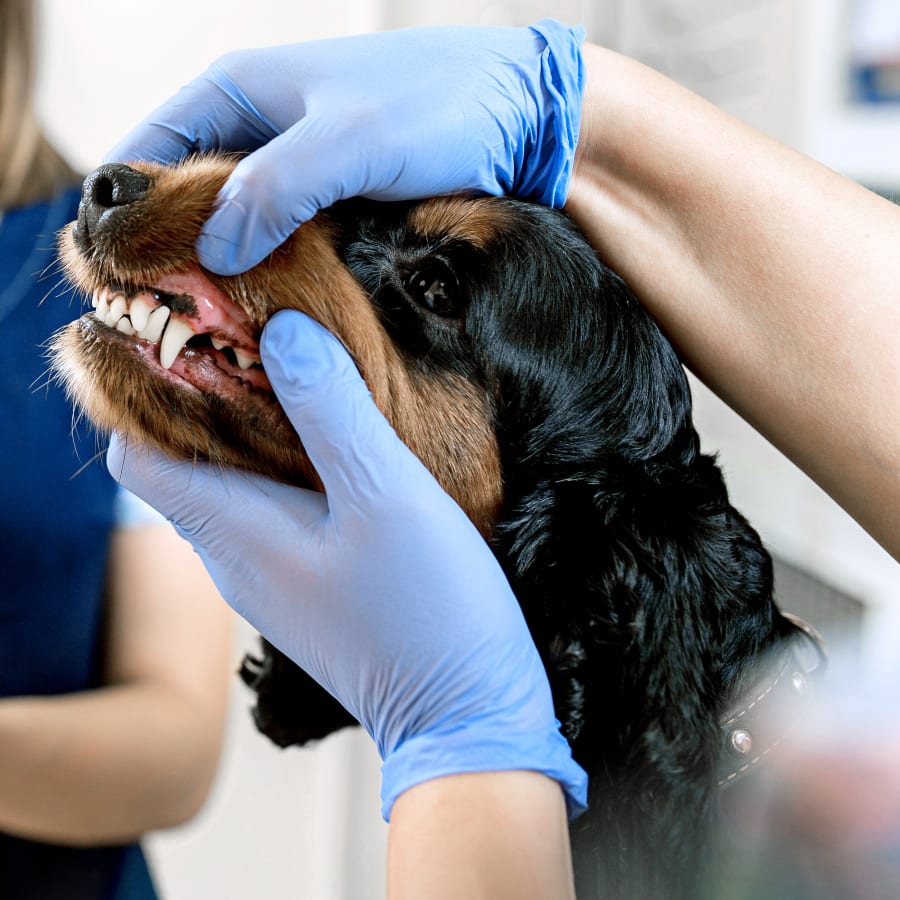
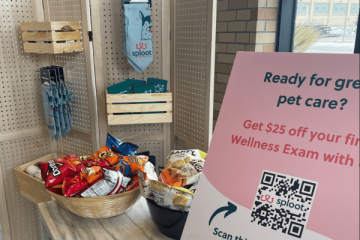
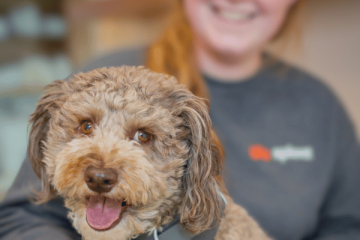
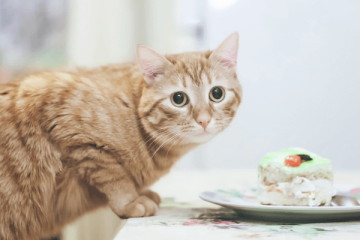
Thank you for content. Area rugs and online home decor store. Hello Administ . Seo Paketi Skype: By_uMuT@KRaLBenim.Com -_- live:by_umut
Great post thank you. Hello Administ . Seo Paketi Skype: By_uMuT@KRaLBenim.Com -_- live:by_umut
Thank you for great information. Hello Administ . Seo Paketi Skype: By_uMuT@KRaLBenim.Com -_- live:by_umut
Hi, just required you to know I he added your site to my Google bookmarks due to your layout. But seriously, I believe your internet site has 1 in the freshest theme I??ve came across.Seo Paketi Skype: By_uMuT@KRaLBenim.Com -_- live:by_umut
Nice article inspiring thanks. Hello Administ . Seo Paketi Skype: By_uMuT@KRaLBenim.Com -_- live:by_umut
Hello! I could have sworn I’ve been to this blog before but after browsing through some of the post I realized it’s new to me.Seo Paketi Skype: By_uMuT@KRaLBenim.Com -_- live:by_umut
Thank you for great article. Hello Administ .Seo Paketi Skype: By_uMuT@KRaLBenim.Com -_- live:by_umut
Hello! I could have sworn I’ve been to this blog before but after browsing through some of the post I realized it’s new to me.Seo Paketi Skype: By_uMuT@KRaLBenim.Com -_- live:by_umut
After all, what a great site and informative posts, I will upload inbound link – bookmark this web site? Regards, Reader.Seo Paketi Skype: By_uMuT@KRaLBenim.Com -_- live:by_umut
Thank you for great information. Hello Administ . Seo Paketi Skype: By_uMuT@KRaLBenim.Com -_- live:by_umut
I really love to read such an excellent article. Helpful article. Hello Administ . Seo Paketi Skype: By_uMuT@KRaLBenim.Com -_- live:by_umut
Good info. Lucky me I reach on your website by accident, I bookmarked it. Seo Paketi Skype: By_uMuT@KRaLBenim.Com -_- live:by_umut
Thank you great post. Hello Administ .Seo Paketi Skype: By_uMuT@KRaLBenim.Com -_- live:by_umut
Thank you for content. Area rugs and online home decor store. Hello Administ . Seo Paketi Skype: By_uMuT@KRaLBenim.Com -_- live:by_umut
Thank you great posting about essential oil. Hello Administ . Seo Paketi Skype: By_uMuT@KRaLBenim.Com -_- live:by_umut
Hi, just required you to know I he added your site to my Google bookmarks due to your layout. But seriously, I believe your internet site has 1 in the freshest theme I??ve came across.Seo Paketi Skype: By_uMuT@KRaLBenim.Com -_- live:by_umut
Hi, just required you to know I he added your site to my Google bookmarks due to your layout. But seriously, I believe your internet site has 1 in the freshest theme I??ve came across.Seo Paketi Skype: By_uMuT@KRaLBenim.Com -_- live:by_umut
Thank you for great article. Hello Administ .Seo Paketi Skype: By_uMuT@KRaLBenim.Com -_- live:by_umut